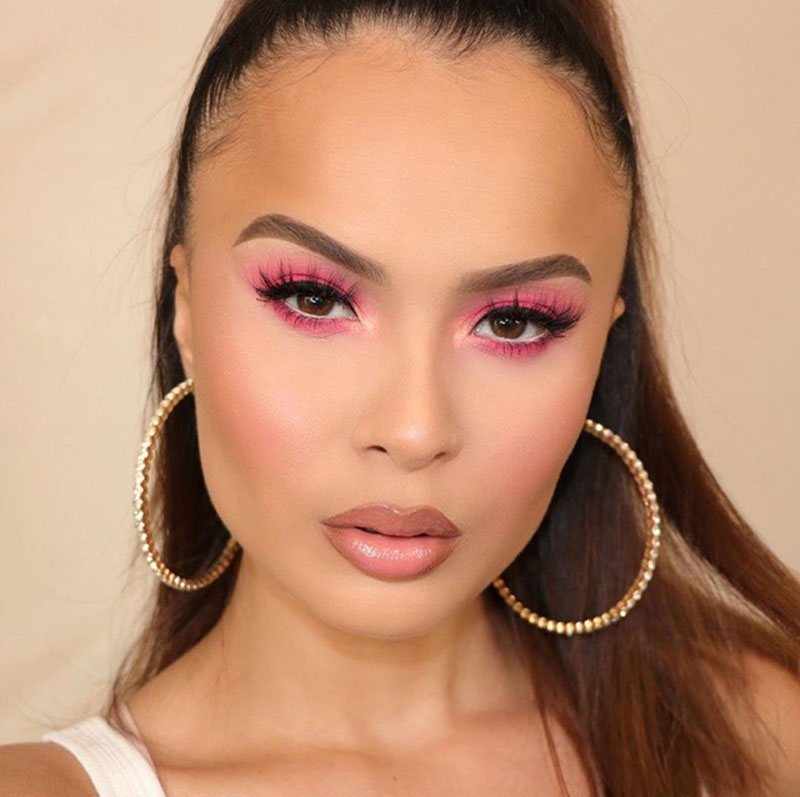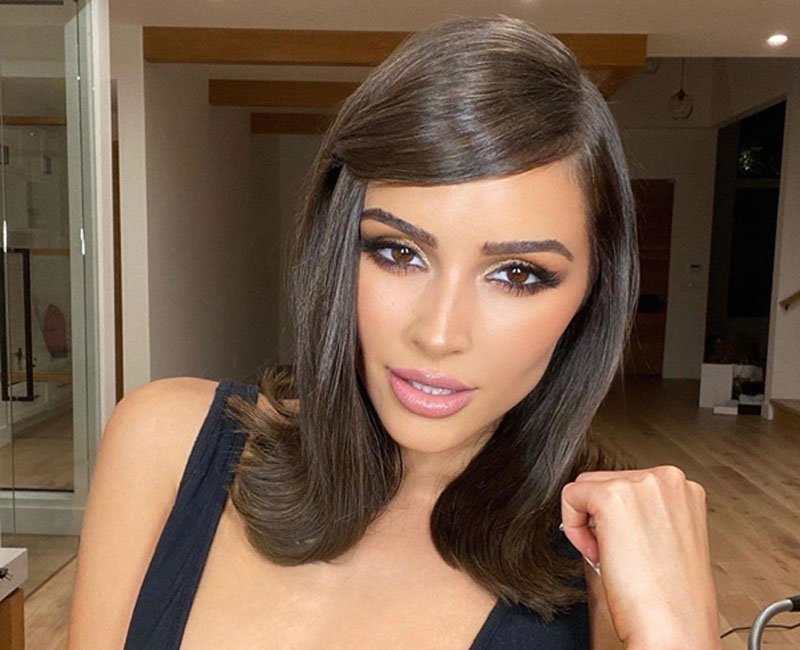
Most people classify skin tones as dark or light skin tones. However, that is misleading. Understanding your skin colour is essentially knowing the undertone of your skin. This helps you to buy the right foundation colour and create a seamless makeup look. Whether it is an olive skin tone or a warm tone, if you understand your skin undertones, applying makeup for your skin is something you can even do in your sleep. That is why top makeup artists do it so flawlessly.
But since we cannot be at the same level when it comes to makeup application, let’s learn more about identifying our skin tones and briefly dive into olive skin tone. Figuring out what is right for you is easier than you thought if you have the right information about skin tones.
1. What Is Skin’s Undertone?
If you have ever been to a beauty shop, probably you have heard about the terms such as cool, neutral, and warm. These words are common use in beauty shops to describe how a shade will appear on your skin. The terms are typically used to refer to skin undertones. They are essential in determining the right foundation colour for your skin type.
Warm, neutral, and cool undertones are the colours that determine your complexion tone that is normally revealed on the surface of your skin. It is not about having dark or light skin. People from all races can have all these skin undertones. To understand these skin undertones better, let’s take a look at what each skin undertone mean;
- Warm: The skin looks golden, yellow, peachy, or sallow.
- Neutral: doesn’t have any specific tones of either sallow or pink, but rather the natural colour of the skin is more evident. This is what is commonly known as olive skin tone.
- Cool: the skin shows tones of oink, bluish, and ruddy.

2. How to Know Your Skin’s Undertone.
There are different ways you can use to know your skin’s undertone. Check the inside part of your arm, where the underlying shade reveals pretty well. This part is naturally shielded from the direct sun rays, and therefore, it is not damaged by the sun. That is the reason the skin in this part is the best area to check since it reveals better how cool, warm, or neutral your skin is.
You may also want to answer these questions;
- Does your skin sunburn easily? If it does, then you are likely to have a warm or neutral undertone. If your answer is no, you are likely to have a cool skin undertone.
- What is the colour of your veins? Purple or bluish? If it appears deep purple or bluish, then you are more likely to incline to cool undertone. However, if the veins appear greenish, your skin undertone skew towards warm undertone. Those with olive skin tone will have difficulties identifying either of these colours.
- Do you appear great on gold or silver? People with cool undertones tend to look great on silver or platinum jewellery. However, those with a warm undertone look great on gold-toned jewellery. People with olive skin tone, which is considered neutral, look great on both.
- How does your skin look like? Gray or ashen? You might have an olive skin tone that comes in all types of colours, such as a combination of yellow, greenish, and natural neutral.
- What about if your skin tone is uneven? That means you have more than just one skin undertone. Although choosing the right foundation will help you neutralise the effect, the secret to containing it is routinely using appropriate skincare products that have elements that give an impression of even skin tone and texture.

3. Shopping For Foundation.
After knowing your skin undertone, the next thing is to choose the right foundation to use on your skin tone. Remember that using foundations specified to be used for a specific skin tone such as olive skin tone might not be the most flattering option. Such foundations might end up making your skin appear pale.
If you are a cool undertone, choose a slightly pinkish foundation. If it is warm, choose a foundation that is slightly golden or yellow. For neutral skin tones, all these options are ideal.

